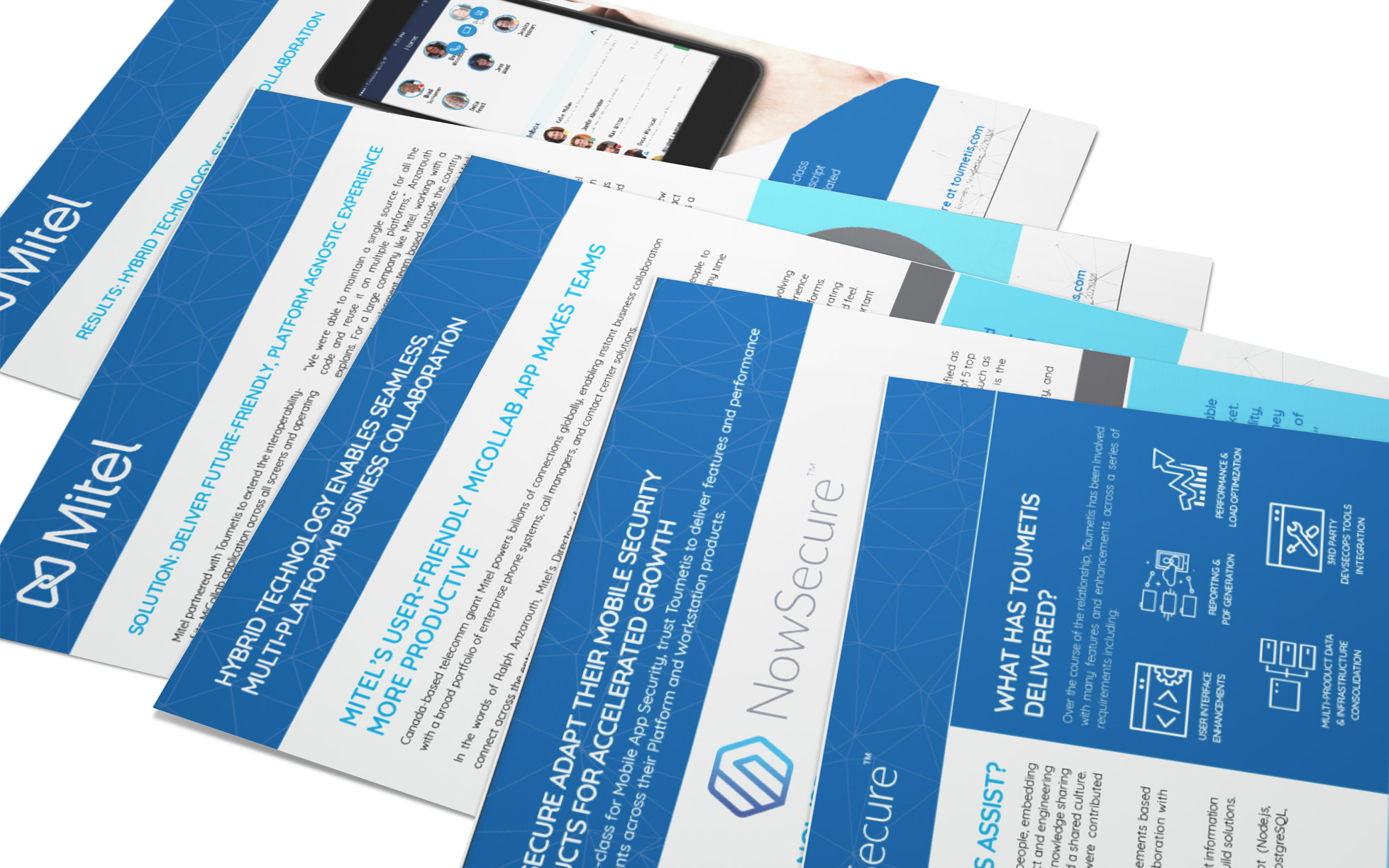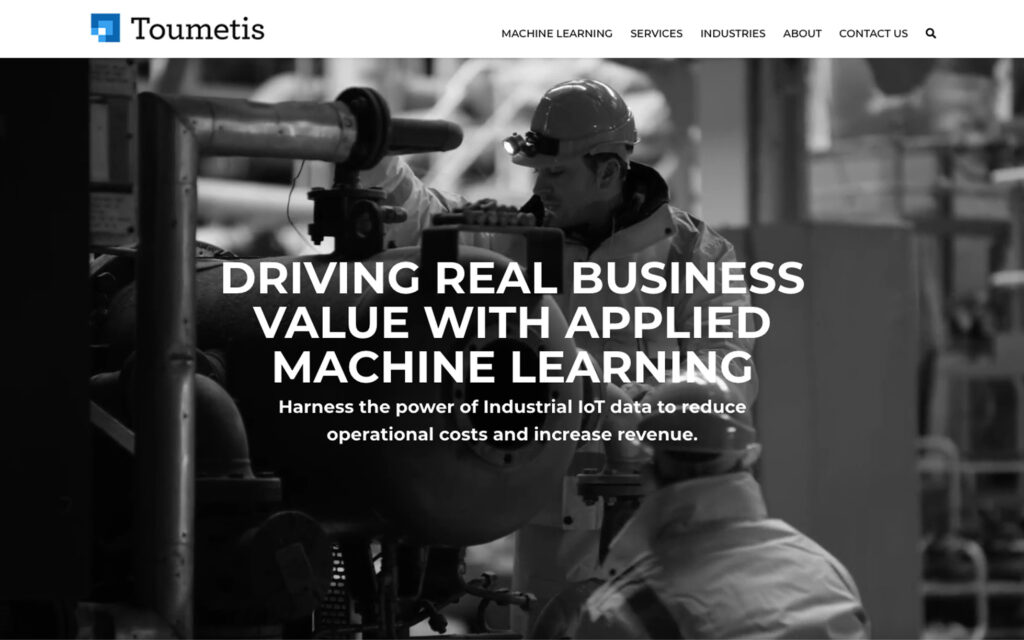Driving real value with applied machine learning


BUILDING AN AI BRAND
New technologies are required to gain valuable insights and intelligence from the overwhelming volume and complex data sets produced by the Industrial Internet of Things (IIoT). Our branding efforts sought out solutions to stabilize and create consistency throughout our visualization and messaging to keep comprehension high in their data-driven industry. Delivery had to focus on the areas that were most beneficial for the individual campaigns and needed a more granular approach.

MARKETING AND MACHINE LEARNING
As one of the foundations of artificial intelligence, machine learning is the science of making machines exhibit human cognitive abilities. Marketing these skills for applications in industry is not sexy, but managing workflow in manufacturing and end-to-end industrial process needs function, not fashion. Understanding the needs of the companies and their customers gave us the inspiration to address the critical functions that had to be the focus of our campaigns.


Specializing in Predictive Maintenance & Process Optimization
Utilizes advanced machine learning technologies to gain intelligence from highly complex and diverse data.
AI solutions train themselves to identify patterns and anomalies.
WHY INDUSTRIES NEED ADVANCED MACHINE LEARNING
MACHINE LEARNING FOR INDUSTRIAL APPLICATIONS
Industrial operators have been using sophisticated digital control and monitoring systems for decades, long before the term Industrial Internet of Things (IIoT) had emerged from Silicon Valley marketing departments. Similarly, the engineers who built and use these systems have amassed a wealth of experience, all too often overlooked in media reports of Artificial Intelligence (AI) and Machine Learning (ML) replacing professional jobs.
In this post we explain why industrial data, including that from sensors, is especially challenging for standard ML. In subsequent posts, we describe how more advanced ML works with, not replaces, experienced engineers to overcome these challenges. But we begin by explaining what AI and ML actually are and how they can deliver significant business value. We will use predictive maintenance applications to illustrate the point.

